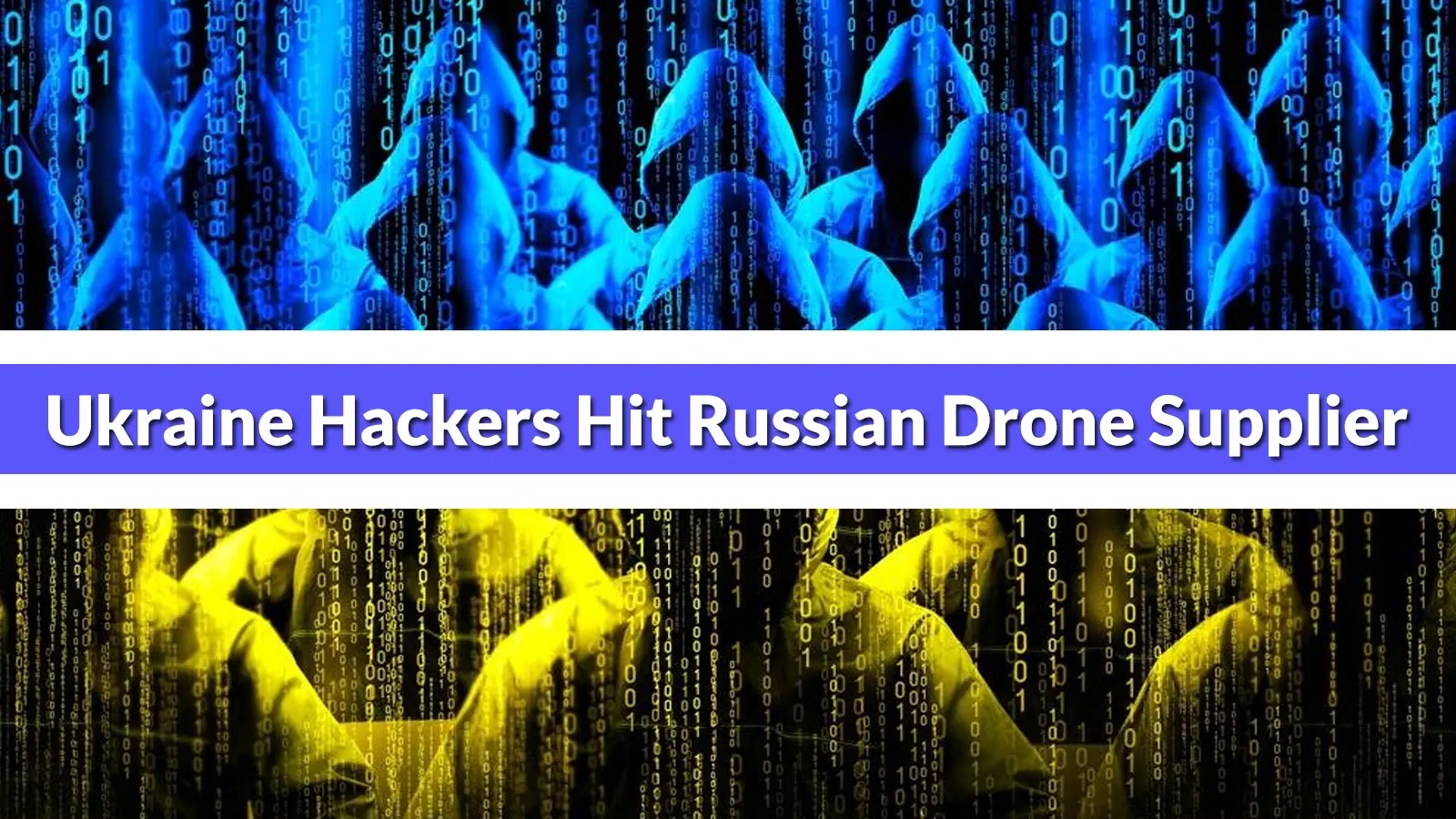
Ukraine Hackers Claimed Cyberattack on Major Russian Drone Supplier
In the high-stakes arena of cyber warfare, attributed attacks often serve as stark reminders of geopolitical tensions spilling over into the digital domain. Recent reports have shed light on a sophisticated cyber operation, allegedly orchestrated by Ukrainian intelligence, targeting a pivotal Russian drone manufacturer. This incident underscores the escalating complexity and strategic importance of cyber capabilities in modern conflict.
The Target: Gaskar Integration
The alleged target of this significant cyberattack was Gaskar Integration, a prominent Russian company specializing in drone manufacturing. Firms like Gaskar Integration are crucial to military logistics and operational capabilities, making them high-value targets for intelligence agencies seeking to disrupt enemy infrastructure or gain strategic advantages.
Initial Foothold: Exploiting Remote Services and Outdated VPNs
According to the provided intelligence, the cyberattack commenced with meticulous reconnaissance of Gaskar Integration’s public-facing infrastructure. During this phase, the threat actors identified critical vulnerabilities, specifically in:
- Remote Desktop Services (RDS): These services, while convenient for remote access, can present significant attack surfaces if not properly secured and patched. Exposed or weakly configured RDS instances are a common entry point for adversaries.
- Outdated VPN Gateways: Virtual Private Network (VPN) gateways are essential for secure remote connectivity. However, outdated versions often contain known security flaws that, if unpatched, can be exploited to bypass network defenses and gain unauthorized access to internal systems.
The Zero-Day Factor: Bypassing Defenses
The most critical element of the initial breach was the alleged exploitation of a zero-day vulnerability in a third-party web application firewall (WAF). A zero-day vulnerability is a software flaw unknown to the vendor or the public, meaning no patch exists at the time of discovery and exploitation. This capability suggests a high level of sophistication and resourcefulness on the part of the attackers, indicating either dedicated vulnerability research or access to advanced exploit development capabilities. The successful exploitation of a zero-day WAF would have allowed the attackers to circumvent a primary layer of defense designed to protect web applications from various cyber threats, granting them an initial foothold within Gaskar Integration’s network.
The Attack Modus Operandi: A Sophisticated Intrusion
While the initial information provided focuses on the entry points, the pattern suggests a multi-stage attack methodology often seen in advanced persistent threats (APTs). After gaining an initial foothold, attackers typically proceed with:
- Lateral Movement: Exploring the compromised network to identify valuable assets and gain access to additional systems.
- Privilege Escalation: Elevating their access rights within the network to achieve administrator-level control.
- Data Exfiltration or Sabotage: Depending on the objective, this could involve stealing sensitive intellectual property, operational data, or disrupting manufacturing processes and supply chains.
Remediation Actions for Organizations
This incident offers critical lessons for all organizations, particularly those involved in critical infrastructure or defense sectors. Proactive security measures are paramount:
- Patch Management: Implement a robust and timely patch management program for all software, operating systems, and network devices, including VPN gateways and remote desktop services. Regularly audit systems for outdated versions.
- Vulnerability Management: Conduct continuous vulnerability scanning and penetration testing, both internally and externally, to identify and remediate weaknesses before adversaries can exploit them. Pay particular attention to publicly exposed services.
- Web Application Firewall (WAF) Security: Ensure WAFs are properly configured, regularly updated, and integrated with threat intelligence feeds. While zero-days are challenging to defend against, minimizing other attack vectors reduces the overall risk. Consider behavioral analysis capabilities within WAFs to detect anomalous activity that might indicate a zero-day exploit.
- Network Segmentation: Implement strict network segmentation to limit lateral movement in the event of a breach. Isolate critical assets and sensitive data.
- Strong Authentication and Access Control: Enforce strong, unique passwords, multi-factor authentication (MFA) for all remote access and critical systems, and the principle of least privilege.
- Threat Intelligence: Subscribe to and act upon relevant threat intelligence feeds to stay informed about emerging threats, TTPs (Tactics, Techniques, and Procedures), and known vulnerabilities.
- Incident Response Plan: Develop, test, and regularly refine a comprehensive incident response plan to ensure a swift and effective reaction to security breaches.
Tools for Defensive Posture Enhancement
Organizations can leverage a variety of tools to bolster their defenses against sophisticated cyberattacks:
| Tool Name | Purpose | Link |
|---|---|---|
| Nessus | Vulnerability Scanning and Assessment | https://www.tenable.com/products/nessus |
| OpenVAS | Open Source Vulnerability Scanner | https://www.greenbone.net/en/community-edition/ |
| Snort | Network Intrusion Detection/Prevention System (IDS/IPS) | https://www.snort.org/ |
| pfSense (with Suricata/Snort) | Open Source Firewall/Router with IDS/IPS capabilities | https://www.pfsense.org/ |
| ModSecurity | Open Source Web Application Firewall (WAF) | https://www.modsecurity.org/ |
| Wireshark | Network Protocol Analyzer (for forensic analysis) | https://www.wireshark.org/ |
Conclusion
The alleged cyberattack on Gaskar Integration serves as a potent reminder of the ever-present and evolving cyber threat landscape. The reported use of zero-day exploits and the targeting of critical industrial sectors highlight the sophisticated capabilities state-sponsored actors and well-resourced groups possess. For businesses and critical infrastructure providers, the takeaway is clear: continuous vigilance, robust vulnerability management, comprehensive security strategies, and a strong incident response capability are not merely best practices but essential survival mechanisms in the digital age. Remaining proactive in cybersecurity is the only viable defense against such determined and advanced adversaries.





